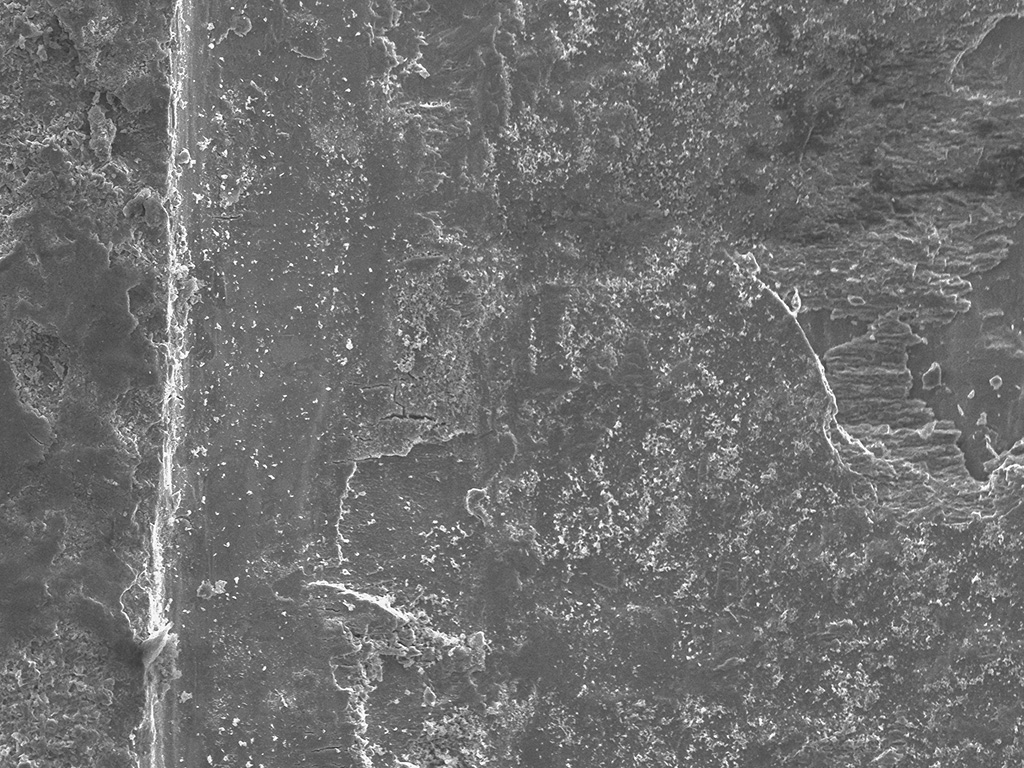Metals show self-healing properties

Credit: mariolav/istockphoto.com
A microscopic crack grew in a very small piece of platinum when placed under repetitive stretching. The experiment, designed to study fatigue crack growth, continued as predicted for a while before something unexpected happened. The crack stopped growing and instead began to get shorter, effectively “healing” itself.
A group of researchers at Sandia National Laboratories made this surprising observation while conducting fracture experiments on nanocrystalline metals. The findings were recently published in the journal Nature.
It would be reasonable to think, prior to this discovery, that self-healing metal was something that could only be found in science fiction. Dr. Michael Demkowicz, a professor in Texas A&M University’s materials science and engineering department and coauthor of the recent study, held no such assumptions.
Past Informs the Present
Ten years ago, while an assistant professor at Massachusetts Institute of Technology’s materials science and engineering department, Demkowicz and his student predicted self-healing in metals.
“We didn’t set out to find healing. My student, Guoxiang Xu, was doing simulations on fracture,” Demkowicz said. “We accidentally observed spontaneous healing in one of his simulations and decided to follow up.”
Then, just like now, the results in 2013 were surprising. Demkowicz added that he, his student and his colleagues were all somewhat skeptical of the original theory. However, his simulation models would see many reproductions and expansions by other researchers in the intervening years.
“It became clear that the simulations were not in error since others saw the same effect in their modeling work,” Demkowicz said. “However, experiments were out of reach until now.”
Both the 2013 models and the recent experiment used nanocrystalline metals that have a crystal structure, or grain size, measured on the nanoscale (one-millionth of a millimeter). While not widely used in engineering applications, most metals can be made in this form, according to Demkowicz.
He further explained that nanocrystalline metals make studying self-healing easier because their small grain size allows for more microstructural features that even small cracks can interact with.
Both studies found that one such feature, grain boundaries, can affect crack healing depending on the direction of boundary migration relative to the crack. Demkowicz added that these features are common in many metals and alloys and can be manipulated.

